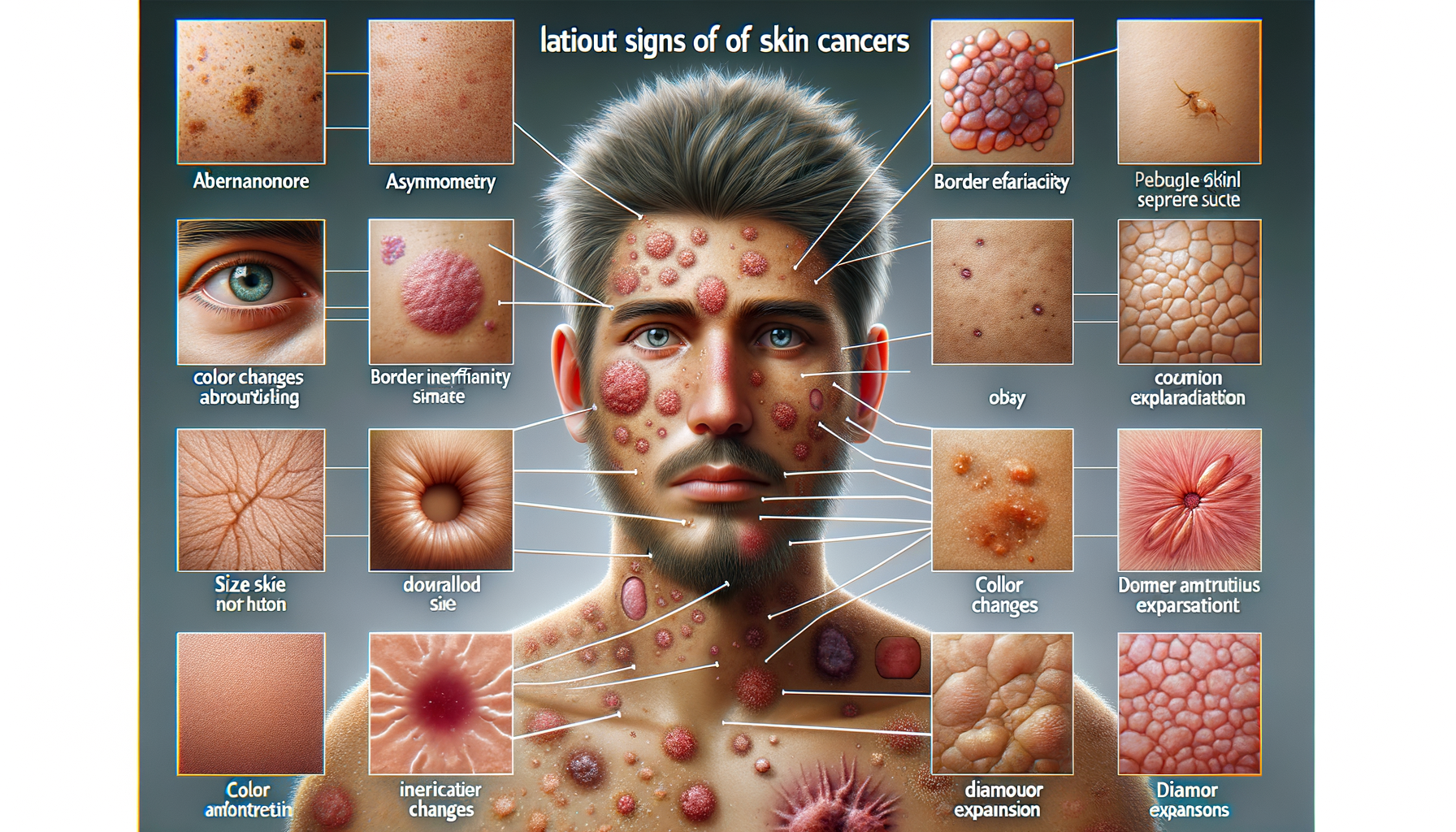Introduction to Skin Cancer Symptoms
Skin cancer is one of the most common forms of cancer globally, affecting millions of people each year. Early detection is crucial, as it significantly increases the chances of successful treatment. Understanding the symptoms of skin cancer can empower individuals to seek medical advice promptly, reducing the risk of progression. This article delves into the various symptoms of skin cancer, providing a comprehensive guide to recognizing potential warning signs.
Visible Changes in the Skin
The most apparent symptoms of skin cancer are visible changes in the skin. These changes often manifest as new growths or changes in existing moles or spots. Key indicators include:
- New moles or spots that appear suddenly.
- Changes in size, shape, or color of existing moles.
- Lesions that bleed, ooze, or become crusty.
These changes can occur anywhere on the body but are more common in areas frequently exposed to the sun, such as the face, neck, and arms. It is essential to regularly examine your skin and note any persistent changes, as these could be early signs of skin cancer.
Understanding the ABCDEs of Melanoma
Melanoma is a severe form of skin cancer that can spread to other parts of the body if not detected early. The ABCDE rule is a helpful tool for identifying potential melanomas:
- Asymmetry: One half of the mole does not match the other.
- Border: Edges are irregular, ragged, or blurred.
- Color: Varies from one area to another with shades of tan, brown, black, or sometimes white, red, or blue.
- Diameter: The spot is larger than 6mm across (about the size of a pencil eraser).
- Evolving: The mole is changing in size, shape, or color.
Regularly checking moles and spots for these characteristics can aid in the early detection of melanoma, potentially saving lives through early intervention.
Non-Melanoma Skin Cancer Symptoms
Non-melanoma skin cancers, such as basal cell carcinoma and squamous cell carcinoma, also present distinct symptoms. These types are less aggressive than melanoma but still require prompt attention. Common symptoms include:
- A pearly or waxy bump on the face, ears, or neck.
- A flat, flesh-colored or brown scar-like lesion.
- A firm, red nodule or a flat lesion with a scaly, crusted surface.
These symptoms often appear on sun-exposed areas of the body. While non-melanoma skin cancers are less likely to spread, they can cause significant damage to surrounding tissues if not treated promptly.
When to Seek Medical Advice
Recognizing the symptoms of skin cancer is only the first step. It is crucial to seek medical advice if you notice any suspicious changes in your skin. A healthcare professional can conduct a thorough examination and, if necessary, perform a biopsy to determine whether the changes are cancerous.
Early detection and treatment are vital in managing skin cancer effectively. Regular skin checks, both self-examinations and professional evaluations, are recommended, especially for individuals with a history of sun exposure or a family history of skin cancer. By staying informed and vigilant, you can play a proactive role in your skin health.








